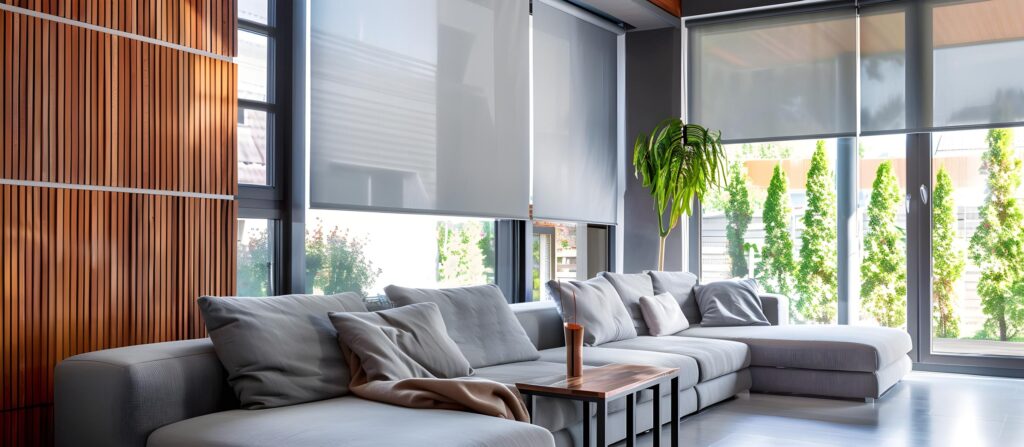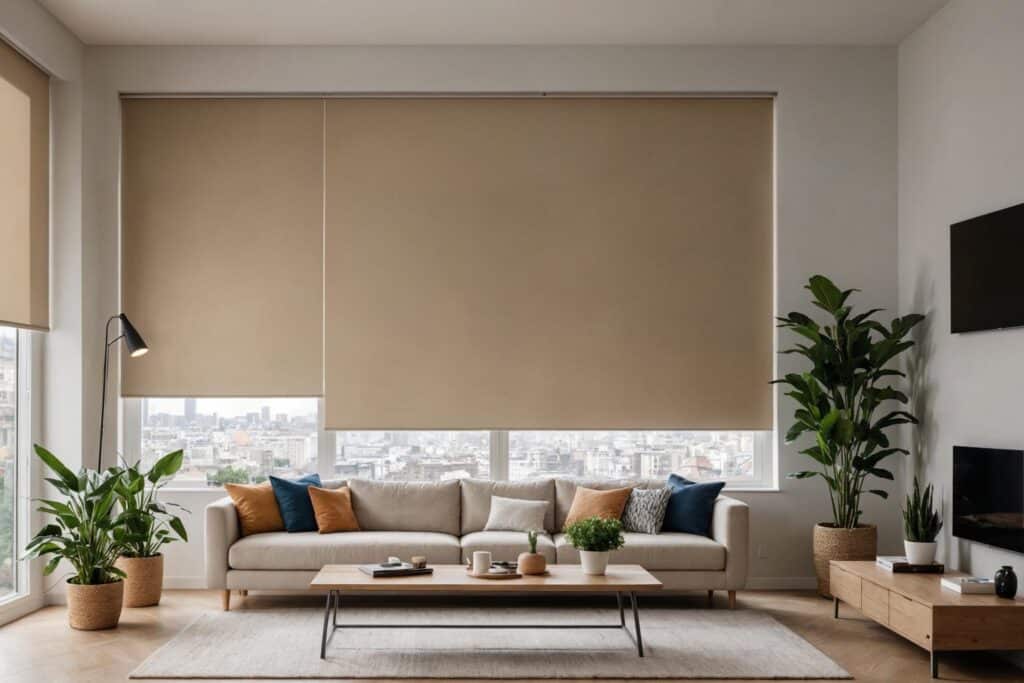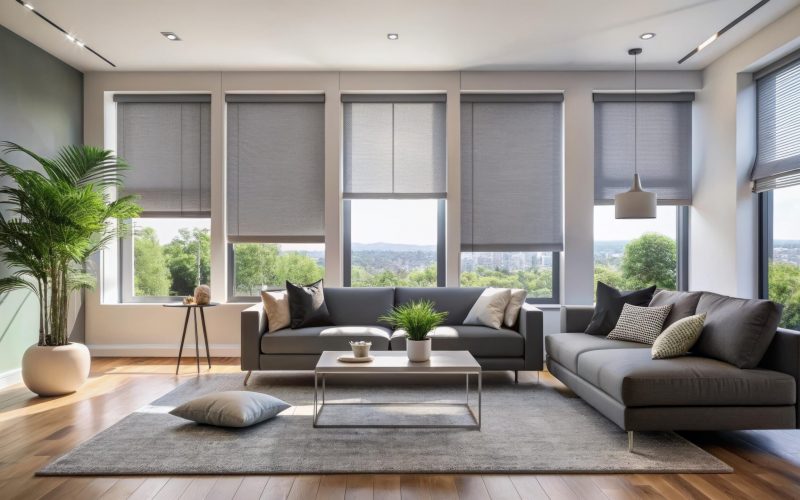Choosing the right window treatment for your home can be a bit tricky, especially when you come across terms like “privacy lining” and “blackout lining.” Both of these linings can enhance your curtains or blinds, but they serve different purposes and cater to different needs. To make sure you pick the perfect option for your space, it’s helpful to understand the unique benefits and features of each. Let’s break down the key differences confronting privacy lining vs. blackout lining so you can make the best choice for your home.
1. Purpose and Functionality
Privacy Lining: As the name implies, privacy lining is all about providing seclusion from the outside. It’s designed to obscure outside views while letting some natural light filter through. This makes it a great choice for rooms like living rooms or dining areas where you want privacy but don’t want to block out the daylight completely.
Blackout Lining: In contrast, blackout lining is made for those who need to block out all external light. This type of lining uses dense, opaque materials to ensure that no light gets through. Blackout linings are ideal for bedrooms, home theaters, or any space where complete darkness is needed—whether you’re trying to sleep during the day or watch a movie without any light interference.
2. Material and Thickness
Privacy Lining: Privacy linings are usually lighter and often made from polyester or cotton blends. They offer a soft, slightly translucent finish that lets in a bit of light while still providing privacy. This creates a cozy atmosphere in your room without letting the outside world see in.

Blackout Lining: Blackout linings, on the other hand, are much thicker and more robust. They often feature multiple layers, including a dense, opaque fabric and a special coating for enhanced light-blocking. Made from polyester and foam, these linings provide a solid barrier against light and sound.
3. Light Control
Privacy Lining: Privacy linings allow some light to come through, which can help maintain a lighter, airier feel in your room. They’re perfect if you want a balance between privacy and natural light. However, they don’t provide the same level of control over light as blackout linings.
Blackout Lining: As you might guess from the name, blackout linings excel in light control. They’re designed to create a pitch-black environment, which is especially useful if you need to sleep during the day or want to eliminate glare while watching TV or working on a computer.
4. Energy Efficiency
Privacy Lining: Privacy linings do offer some insulation by adding an extra layer between your window and the room. They can help with minor temperature control and reduce drafts, but they’re not as efficient as blackout linings when it comes to energy savings.
Blackout Lining: Blackout linings are far superior in terms of energy efficiency. Their thick, dense material helps regulate the temperature inside your home by keeping heat in during winter and blocking it out during summer. This added insulation can help lower your energy bills, making blackout linings a smart choice for energy-conscious homeowners.
5. Aesthetic and Design Considerations
Privacy Lining: Privacy linings offer more flexibility in terms of design. Because they’re less opaque, you have a wider range of fabric choices and colors to match your room’s décor without compromising on natural light. They’re a great option if you want to keep a bright, open feel in your space while still maintaining privacy.
Blackout Lining: Blackout linings are often paired with heavier, more luxurious fabrics to boost their light-blocking effectiveness. While they’re fantastic for functionality, they can sometimes limit your options for fabric patterns and colors due to their thickness. However, many manufacturers now offer stylish blackout options that blend aesthetics with practicality.

6. Maintenance and Durability
Privacy Lining: Privacy linings are generally easy to care for. They’re usually washable or can be wiped down with a damp cloth, making them a practical choice for high-traffic areas. Their lighter material also means they’re less likely to collect dust and dirt compared to heavier linings.
Blackout Lining: Blackout linings may require a bit more maintenance due to their dense material and special coatings. They’re washable but may need gentle handling to maintain their light-blocking properties. Additionally, the thicker material can sometimes be more prone to wear and tear, so it’s important to follow the manufacturer’s care instructions.
7. Cost
Privacy Lining: Generally speaking, privacy linings are more budget-friendly than blackout linings. The cost can vary depending on the fabric and brand, but they tend to be a more affordable option if your main concern is privacy without total darkness.
Blackout Lining: Blackout linings usually come with a higher price tag due to the additional materials and technology used to achieve their light-blocking capabilities. While they might cost more upfront, their benefits in terms of light control and energy efficiency can make them a worthwhile investment for many homeowners.
Choosing between privacy lining and blackout lining comes down to your specific needs and preferences. Privacy linings are ideal if you want to keep a sense of seclusion while still enjoying natural light. On the other hand, blackout linings are perfect for those who need complete darkness and enhanced energy efficiency. Whether you go for the subtle privacy of privacy lining or the total light control of blackout lining, both options offer valuable benefits to enhance your living space.
Still need a little more help deciding which linings best suit your home’s design? Reach out to us for personalized support!

